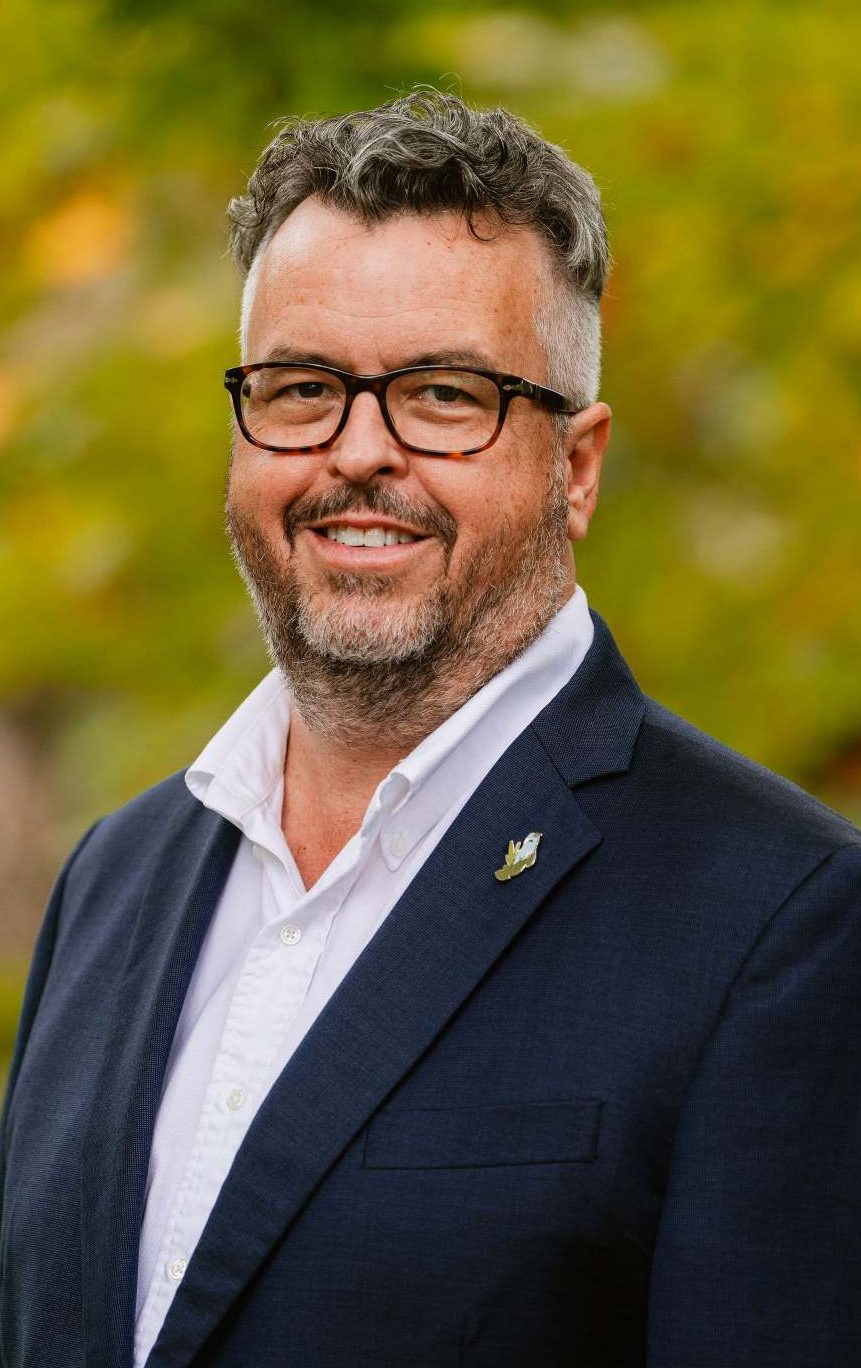by Cliff Chapman
President, Central Indiana Land Trust
Those white-flowering trees you see along the highways and in neighborhoods throughout Central Indiana might seem like a welcome harbinger of spring, but they actually represent a threat similar to one recognized more than 60 years ago in the landmark book Silent Spring.
In 1962, author Rachel Carson warned that Americans could lose one of their beloved hallmarks of spring – bird songs – to their own misguided activities. Now we face a similar threat. The question is, will we respond as the nation did then and turn back the threat?
Silent Spring took its name from the revelation that robins were being poisoned by pesticides sprayed on American elms, but its message reached beyond that single danger. Silent Spring explained how the impact of pesticides affected the food chain and threatened life from worms and fishes to bald eagles and humans. The book awakened the world to a global crisis and engaged the public to protect and restore the natural environment.
We face another such crisis today, albeit one masked by lovely blooms: We have allowed invasive plants to spread freely. And that could leave us facing a reprise of Carson’s dreaded silent spring.
Looking around, it’s easy to see (and smell) this crisis. The pungent Callery pear trees blooming white in late March and early April appear not just in the neighborhoods where they were planted but also in empty fields, along roadsides and in forests. And those shrubs that leafed out weeks before anything else in Indiana? Those are invasive Asian bush honeysuckle.
You might ask, “What’s the problem?” After all, people paid for those trees and bushes to be planted in their yards and commercial properties, and, while they might not be native to this area, they look as nice as other vegetation. Well, the problem is that, in addition to spreading prolifically, these plants disrupt nature.
For example, Callery pear trees are insect-resistant, which means they offer no food for native spiders and insects. While that, too, could seem like a minor problem to some, its impact extends throughout the food chain, including birds like those robins Carson wrote about in 1962.
As for Asian bush honeysuckle, it leafs out earlier than native shrubs, attracting shrub-nesting birds such as wood thrush and American robins. Unfortunately, nesting in these shrubs spells danger for the birds, because Asian bush honeysuckle has stiffer branches than native shrubs, allowing predators like raccoons to climb into them to eat eggs. The impact? A Morton Arboretum study of 600 such nests found that nearly all of them had their eggs eaten by predators.
And thus the proliferation of invasive species marches us ever closer to our own silent spring.
There is hope. In the 1960s, when Carson identified the problem, people rallied to take steps to solve it. Now species like bald eagles that were at the edge of extinction are thriving throughout the nation, including in Central Indiana.
Today, the problem is as clear as it was to Carson six decades ago. The solutions are, too: Stop planting invasive species. Reject invasives when landscapers recommend them. Urge lawmakers to add invasives like Callery pear trees to the list of plant species banned in Indiana. Remove invasive species and replace them with native plants and trees. Every single one of them.
It can be done, and the impact is remarkable. Asian bush honeysuckle, for example, has become ubiquitous in urban and suburban areas, but it can be controlled with a little effort. In places like Oliver’s Woods Nature Preserve on Indianapolis’ north side, where it has been removed, nature bounces back quickly and decisively.
The evidence? Pause for a time at Oliver’s Woods and you will hear plenty of birdcalls, from the robins that sparked Carson’s concern to bald eagles that nest nearby. In other words, you will experience not the dreaded silent spring but, instead, the sounds of nature and humanity working hand-in-hand. The question is, will you hear those sounds as a wake-up call?
Note: A shorter version of this piece ran in the Indy Star.

Cliff Chapman
President and CEO